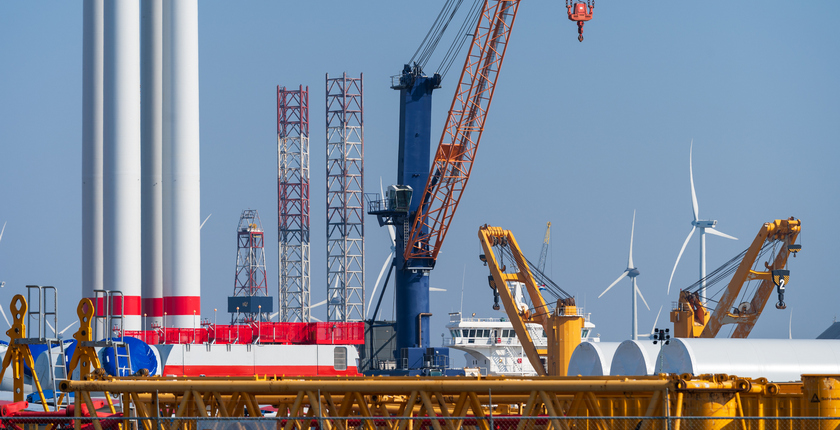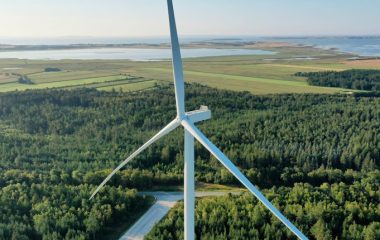
Foto: iStock
The European Union (EU) plans to boost its offshore wind capacity to as much as 300 GW by 2050, from the 15 GW that is currently installed, but the ambitious target could prove challenging due to expected shortages of specialized offshore wind installation vessels as well as other technical obstacles.
The Polish Wind Energy Association recently urged governments to promptly address the looming shortage of offshore wind installation vessels. A report cited by the association, which focuses on the Baltic Sea region, concludes that investments in new installation vessels are urgently needed in order to deliver on the current Baltic Sea offshore wind ambitions.
The target for the Baltic Sea is 35 GW of offshore wind by 2030
The target for the Baltic Sea is to have 35 GW of offshore wind installed by 2030, up from 2.8 GW in 2021, with most of the new projects, nearly 31 GW, planned to be developed in the 2026-2030 period.
In the North Sea, the plan is to install at least 65 GW of offshore wind capacity by 2030, and 150 GW by 2050, as pledged by Germany, the Netherlands, Denmark, and Belgium at an offshore wind summit in Esbjerg, Denmark in May. However, the plan might face challenges in terms of the proposed wind farms’ connection to the grid.
Dutch grid operator TenneT is seeking partners to help build connections for 40 GW of North Sea wind farms
As part of efforts to address this issue, Dutch transmission system operator TenneT plans to launch a EUR 30 billion tender looking for companies to help it build connections for 40 GW of offshore wind farms planned by the Dutch and German governments.
15 GW of floating wind capacity expected to come online worldwide by 2030
In the floating offshore wind segment, Europe is the leading region in the world in terms of targets set for 2030. According to a report by Westwood Global Energy Group, Europe is expected to account for 61% of the global installed capacity for floating offshore wind in 2030.
Europe poised to account for 61% of the global floating wind in 2030
The report projects that a total of some 15 GW of the world’s planned floating wind capacity will come online by 2030.
However, this plan is also facing obstacles, including the fact that the majority of floating wind projects (68%) are being proposed or led by developers that do not have offshore wind experience, while 21% have a fixed-bottom track record only. Only 11% of the prospective developers have a floating wind track record, according to the Westwood report.









Be the first one to comment on this article.